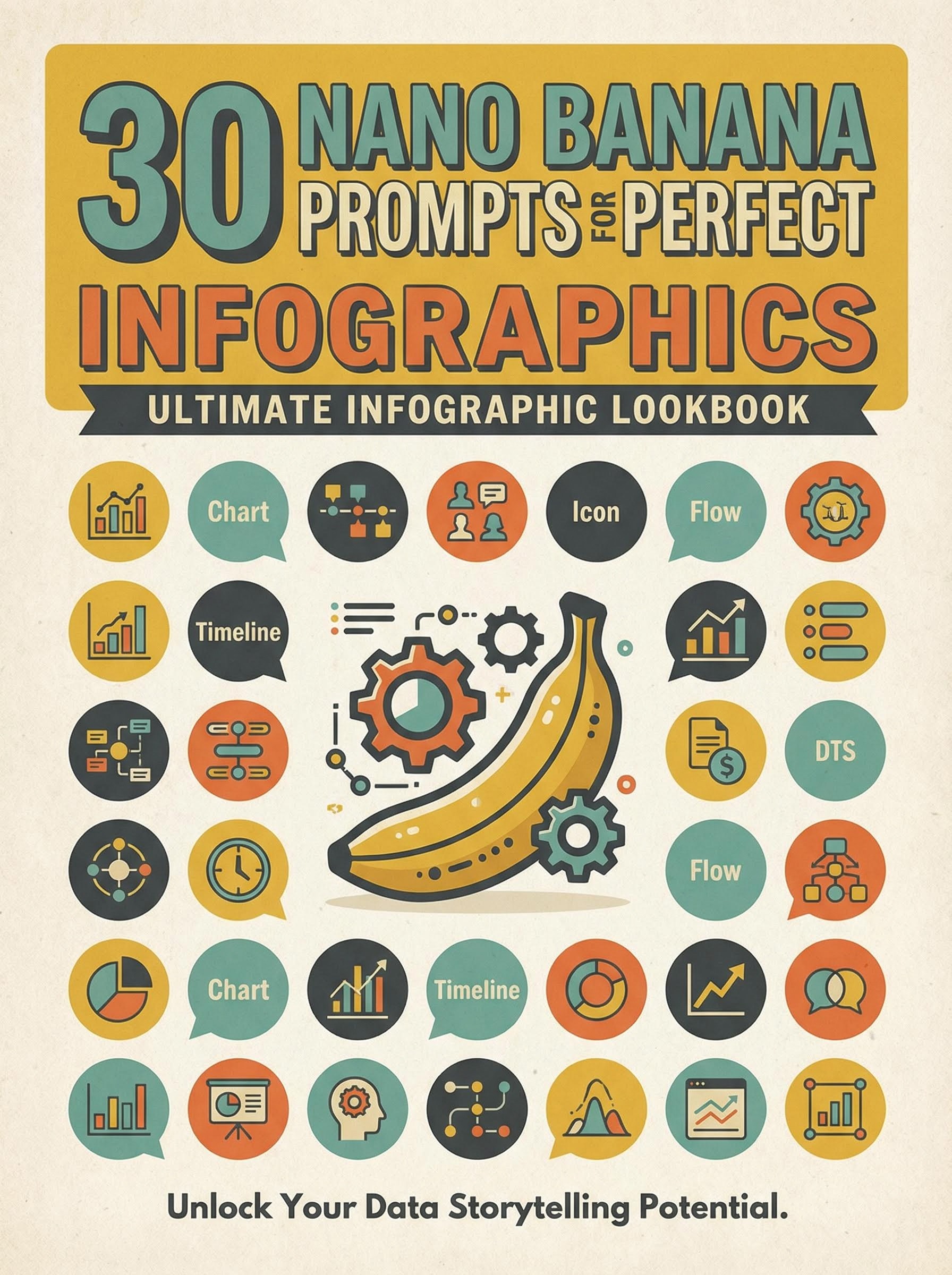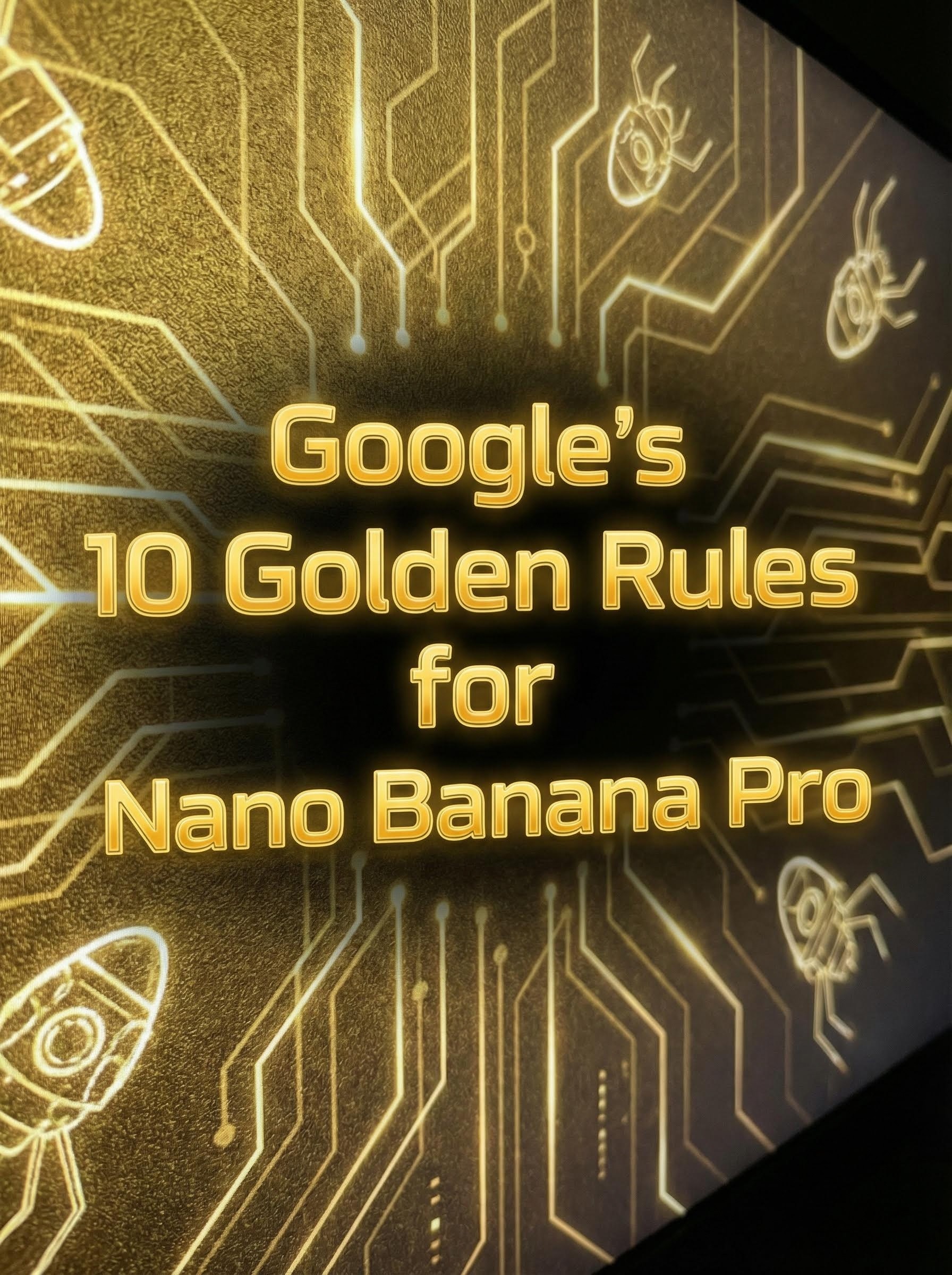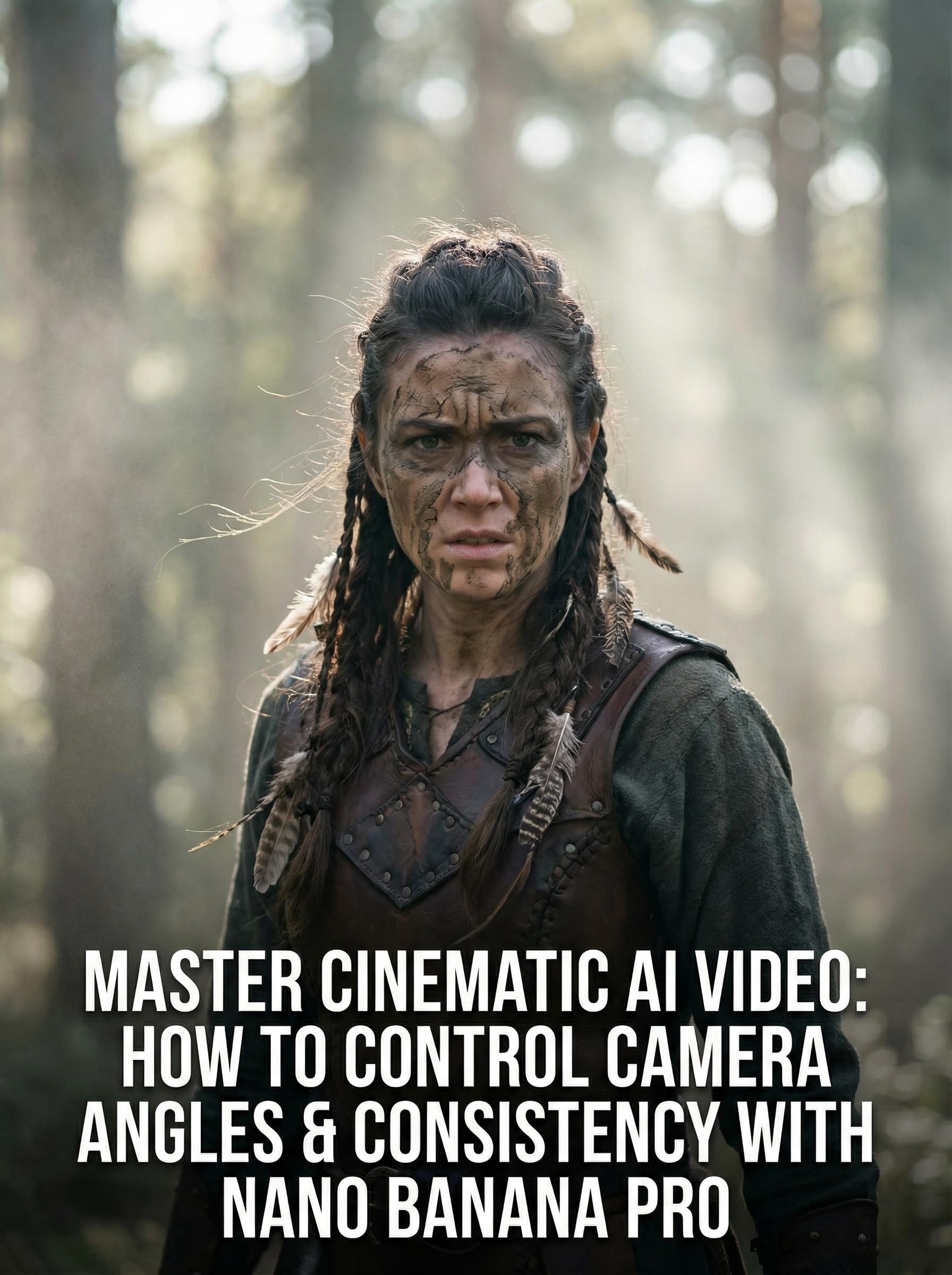In the rapidly evolving world of AI image models, two standout contenders have captured the attention of creators, designers, and tech enthusiasts: Google's Nano Banana (part of Gemini 2.5 Flash Image) and ByteDance's Seedream 4.0. If you're searching for the best AI image generator for text-to-image creation, advanced editing, or high-resolution outputs, this detailed comparison will help you decide. Based on real-world tests and benchmarks, we'll dive into their features, output quality, prompt handling, editing capabilities, and more. Whether you're a professional artist or a hobbyist, understanding Nano Banana vs Seedream 4.0 can optimize your workflow for stunning visuals.
What is Nano Banana? An Overview of Google's AI Image Model
Nano Banana, affectionately nicknamed by Google DeepMind, is the latest upgrade to image generation and editing within the Gemini app. Launched in late August 2025, it's designed for seamless integration into mobile and web platforms, emphasizing creative control and precision. This model shines in transforming and blending images while preserving original details, making it ideal for users who need accurate, logical edits.
Key features include:
Image Editing Mastery: Nano Banana excels at altering specific parts of an image without disrupting the whole, such as changing a dress material to tennis balls or turning ingredients into a plated dessert.
Style Transformations: Convert photos into 16-bit video game styles, pencil drawings, or fantasy characters.
3D Model Generation: Create realistic 3D figurines from photos, like a dog model on a desk with birthday wrapping.
Multi-Image Blending: Merge photos, e.g., an adult with their child self at a tea party.
Resolution and Speed: Typically outputs at 1024x1024 or 2048x2048 pixels, with fast processing suited for on-device use.
Nano Banana's strength lies in its deep understanding of real-world logic, ensuring outputs are consistent and polished.
What is Seedream 4.0? An Overview of ByteDance's AI Image Model
Seedream 4.0, released by ByteDance in September 2025, is a unified architecture model that combines image generation and editing into one powerhouse tool. It's built for high-fidelity creation, supporting complex multimodal tasks like knowledge-based generation and reference consistency. Available via API and web interfaces, it's particularly popular for professional and commercial applications.
Key features include:
High-Resolution Outputs: Up to 4K (3840x2160) resolution for ultra-detailed images.
Multi-Modal Editing: Handles text-to-image, image editing, style transfers (e.g., watercolor or cyberpunk), and batch processing with up to six reference images.
Prompt-Based Precision: Edit with single-sentence descriptions, such as removing objects, changing lighting, or adding text.
Batch Generation: Produce multiple variations from one prompt, enhancing creative exploration.
Speed Improvements: Faster inference than predecessors, though slightly slower than Nano Banana in some tests.
Seedream 4.0 ranks first in benchmarks like MagicBench for prompt adherence and aesthetics, making it a top choice for artistic and detailed work.
Comparing Image Generation Capabilities: Nano Banana vs Seedream 4.0
When it comes to generating images from text prompts, both models perform admirably, but differences emerge in complexity and style.
Simple Prompts: For basic tasks like "a young Korean woman on a city street at night," Seedream 4.0 delivers superior skin textures, lighting, and cinematic grading, often outshining Nano Banana's more "AI-like" results.

Complex Scenes: In prompts like "a speeding Nissan GTR on a mountain road," Seedream excels in dynamic blur, composition, and reflections, while Nano Banana may struggle with fine details like logos.

3D and Hologram Generation: Nano Banana creates true 3D figurines with better detail retention (e.g., facial expressions in a City-Explorer model), whereas Seedream produces higher-quality images but may not fully realize 3D elements.

Overall, Seedream 4.0 wins for artistic and high-res scenes, while Nano Banana is better for logical, real-world accuracy.
Editing Features Showdown: Which Model Handles Changes Better?
Editing is where these models truly differentiate themselves.
Nano Banana's Editing Strengths: Offers precise control, such as masking 3D objects before edits and remembering changes. Examples include turning scissors into a fantasy character or creating a 9-part visual story without text. It's excellent for character consistency across edits.
Seedream 4.0's Editing Edge: Supports multi-image fusion (e.g., combining character, outfit, and environment from separate photos) and style transfers with high fidelity. It handles batch edits and complex tasks like adding promotional text to a perfume bottle poster, often with better text accuracy and aesthetics.
Direct Comparison: In style transfer tests (e.g., applying wool felt style), Seedream succeeds where Nano Banana fails. For multi-graph fusion, Seedream maintains better shadows and details. However, Nano Banana reigns in single-image precision, like hologram conversions.
Seedream 4.0 generally outperforms in versatile, multi-reference editing, while Nano Banana is ideal for targeted, detail-preserving tweaks.
Prompt Handling and Examples: From Text to Visuals
Both models interpret prompts intelligently, but their approaches vary.
Nano Banana Prompts: Thrives on descriptive, multi-step instructions. Example: "Turn this photo into a map of a stylized 3D world for a fantasy game. Include a village and harbor." Outputs a cohesive 3D map with preserved elements. It handles abstract concepts with real-world logic.

Seedream 4.0 Prompts: Excels in single-sentence edits and complex reasoning. Example: "Add a sleek silver brand label engraved with ‘Seraphica’ onto the bottle." Results in luxurious, dreamy compositions with accurate text. It supports knowledge-driven prompts for educational content like charts.

In head-to-head tests, Seedream adheres better to intricate details in portraits and objects, but Nano Banana is more reliable for 3D and consistent character poses.
Output Quality, Resolution, and Speed: A Side-by-Side Look
Aspect
Nano Banana
Seedream 4.0
Resolution
Up to 2048x2048
Up to 4K (3840x2160)
Quality
High detail retention, realistic
Ultra-sharp, artistic, with better textures
Speed
Faster on-device processing
Improved inference but slower for 4K
Variations
Single refined output
Multiple variations per prompt
Seedream 4.0 often produces more visually striking outputs in benchmarks, but Nano Banana's efficiency makes it faster for quick iterations.
Pros and Cons: Nano Banana vs Seedream 4.0
Nano Banana Pros:
Superior character consistency and 3D modeling.
Easy integration with the Gemini app.
Free tier with precise outputs.
Nano Banana Cons:
Lower max resolution.
Struggles with some style transfers.
Seedream 4.0 Pros:
4K resolution and batch outputs.
Excellent for multi-image editing and artistic styles.
Top-ranked in Elo evaluations.
Seedream 4.0 Cons:
Slower for high-res tasks.
May require more prompt tweaking for precision.
Conclusion: Which AI Image Model Should You Choose?
If you prioritize speed, precision, and real-world editing like 3D figurines, go with Nano Banana, the incumbent champion for everyday creative tasks. For high-resolution, artistic projects with multi-reference fusion, Seedream 4.0 takes the crown, especially in complex scenarios. Ultimately, test both via their apps to see what fits your needs in the AI image generation landscape of 2025.
Keywords: Nano Banana vs Seedream 4.0, AI image models comparison, best AI for image editing, text-to-image generators 2025, Google Gemini vs ByteDance Seedream.











